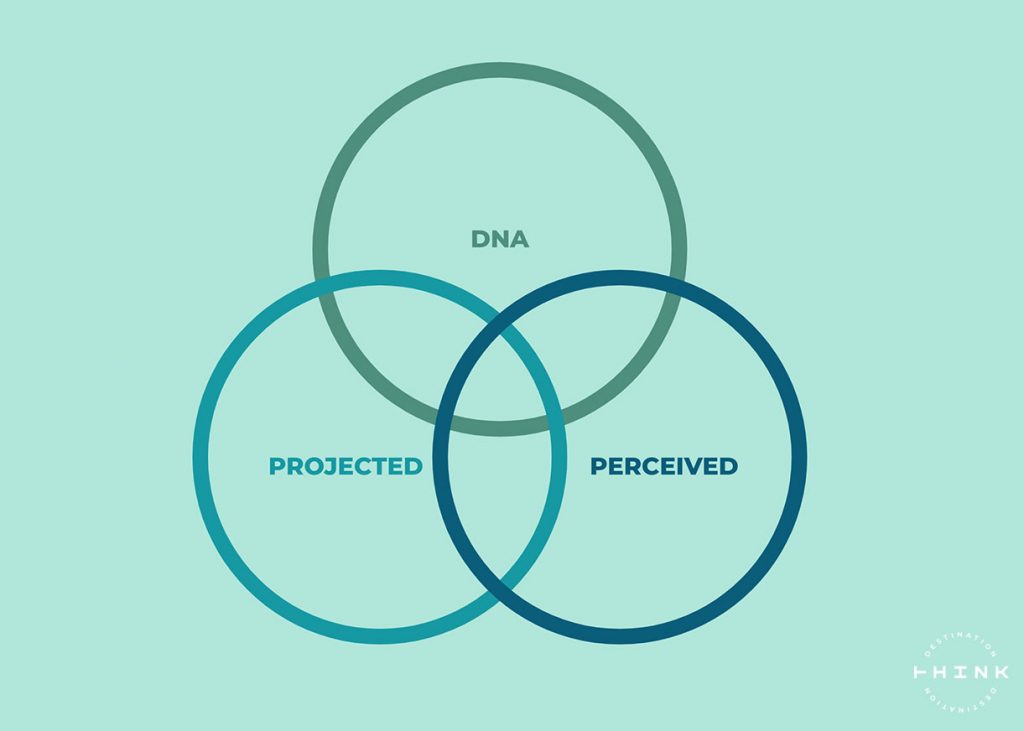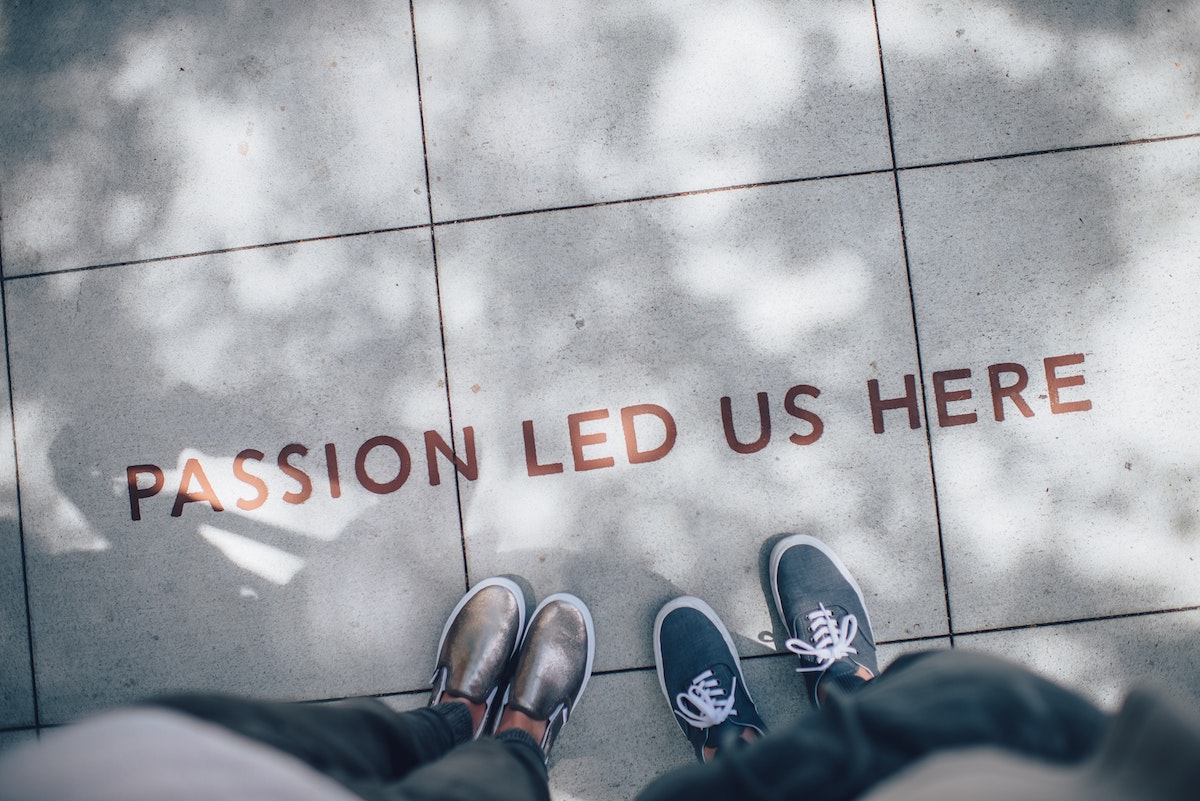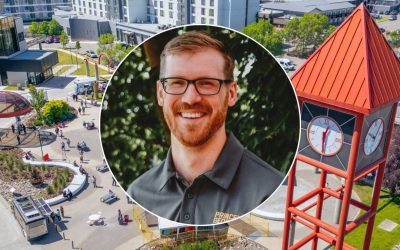Building resilience for your destination means not only reimagining how tourism can build a better world, but also acting decisively to bring that world to life.
This is the second of two articles by Frank Cuypers about reimagining tourism and gathering the courage to change following COVID-19. Read the first article here: Reimagining tourism: Will COVID-19 help DMOs conquer fear?
How can you prepare for post-COVID-19 tourism? You will need to overcome fear to lead your destination and stakeholders through this challenging time. Many aspects of the tourism industry are shifting and they highlight what needs to be done at your destination marketing organization (DMO). Accepting change will help you prepare for the challenges ahead.
Consider how your destination’s entire supply chain will be reorganized, looking ahead at some likely changes:
- Digital competition will rise, causing your markets and competitive set to change. The pandemic has sped up this trend, causing changes to travel behaviour. Online travel agencies (OTAs) are poised to become even more entrenched and specialized.
- Your visitors will feel more peer pressure to travel responsibly.
- Airlines will shrink, disappear, or need to show genuine progress in fighting climate change to survive as more and more places and industries decarbonize.
- The value of your destination’s tourism experiences will change. Activities and places that were taken for granted – fresh air, health and safety, clean water, locally produced food, and remote locations, for example – will play a more significant role.
- Travel patterns will likely change forever. As communities seek a more valuable, less extractive tourism industry, their market segmentation will change too.
As difficult as it is when our sector is suffering so much, this is the moment to rethink your role in the tourism ecosystem. We have chosen three areas where you might begin. Based on our experience working with hundreds of destinations, almost everyone agrees that these are important evolutions to make. However, fear often stops action.
We challenge you to be proactive in shaping the ever-evolving future of travel. In the long term, your community will be better off.
Here are three things to consider as you seek to lead your industry:
1. Shared ownership: Tourism’s co-created future
Think about your license to operate. To whom does a place (or a tourism destination) belong? It belongs to the people who live there, which means your marketing must be permission-based. Your strategy will be co-created. Your place’s brand and reputation will be one in which your residents recognize themselves.
Locals need to be heard, and it is no longer enough to invite them to one or two workshops. You will need to keep them involved at each stage of your process to show them what you do is genuine and not merely lip service.
Our clients often agree, though with some hesitation. “We get why shared ownership is important, but our stakeholders only care about visitors, not residents,” is a sentiment we have heard many times. This is to be expected. The last few years have demonstrated over and over that unhappy residents pose huge business risks. Some communities have resisted visitor pressure, the launch of a brand, the destruction of an ecosystem, or economic leakage. With COVID-19, the potential for controversy about tourism only grows.
There are, however, signs of hope as residents regain ownership of their homes. The story of Airbnb is a strong example. We have written about how the actions of companies like Airbnb and VRBO have increased local tensions related to gentrification and unaffordable housing. The sharing economy has displaced people, disrupted cities and, as a consequence, changed the tourism ecosystem.
Since COVID-19 has kept visitors away, cities like Lisbon, Venice, Paris and Amsterdam have taken measures to make sure that residents’ needs are a priority. Some cities have even become landlords to reclaim housing for local residents.
In summary: Residents provide your tourism industry and DMO a license to operate. Co-create strategies to shape tourism in ways that improve life for locals and the environment.
“There is no such thing as a tourism reputation. What matters is the reputation of your whole place – tourism included.”
2. Reputation: Perceptions of your whole place
There is no such thing as a tourism reputation. What matters is the reputation of your whole place – tourism included. The way your destination has handled COVID-19, how locals welcome visitors, the choices of policymakers, the expertise of taxi drivers, hotel clerks and musicians: it all matters to your place’s reputation and therefore your tourism restart.
In-destination or domestic travel will remain important for a while. But when borders open again, the destinations with the highest appeal to the right travellers will be chosen first. We know that after disasters those with the strongest reputations among specific, targeted audiences bounce back the fastest.
It is crucial, especially now, to be open and transparent about reputation. A strong reputation comes down to the old business wisdom of “walking your talk.” The days of luring potential visitors by promising an idealized, shiny and sunny version of your destination are over. Our word-of-mouth economy punishes those who overpromise and underdeliver.
Scandinavian countries have been leaders of transparency, branding themselves around simple, often overlooked experiences like fresh air, pure water, stargazing and open spaces. Visit Sweden’s The Edible Country campaign treats the whole country as a restaurant where everything is so pure and fresh that it is edible. Visitors are encouraged to do their own fine dining with harvested ingredients.
In summary: Your destination’s reputation hinges on how visitors perceive your place as a whole. Improving a reputation over the long term requires research that identifies gaps between who you are, what people see, and what you tell the world. This deep differentiation is necessary as generic tourism branding dies.

3. Segmentation: Connect with passionate communities
Your chosen audience or market segment matters just as much as your message does. If you still think about segmentation in terms of broad, obsolete categories like “the Australian market” or “millennials,” you may have missed the memo about what is truly relevant to manage a destination properly.
From a geographic angle, many destinations will follow a predictable pattern during COVID-19 recovery. Travel will expand outward in concentric circles. Local tourism first, followed by short-haul, long-haul, and overseas. This may give your destination a fantastic opportunity to build or fine-tune its reputation.
Branding a destination is about the ability to make connections with the truly unique, passionate communities that flow naturally from its authentic identity. Attracting a more qualitative kind of visitor will be the only way. A qualitative visitor is one who adds value to your place instead of extracting it. Think about attracting travellers who respect the environment, treat the local community well, stay longer, and travel more slowly, instead of, say, cruise ship tourists who stay four hours to take the same two photos everybody else has.
In summary: Moving forward, you will need to invest in influencing people who have a strong connection with your place, whether they are students, those visiting friends and relatives, or remote workers. The pandemic has accelerated the remote working trend in particular, and destinations can take advantage.
Key takeaways
- Restart and recovery plans are an important step, but they are not enough to overcome fears about the necessary and inevitable changes to tourism. Reimagine the future and have your most likely scenario ready.
- Don’t ask your locals what they can do for you. You are there to serve them, especially after COVID-19.
- A strong reputation makes your destination more resilient. The place that sows symbolic value will harvest economic value.
- Who are you going to invite to visit? In segmentation, passion comes first.
- Walk your talk: leadership is not about plans but about how you implement them.
Here are some more resources to help you and your colleagues at the DMO think strategically through COVID-19.
Strategic planning for your DMO
- 3 recovery phases for your destination and DMO: Mitigate, restart, reimagine
- 4 takeaways for your DMO’s strategic planning during COVID-19
- Beyond COVID-19: Strategic thinking to prepare your DMO for the future
Mitigation
- Mitigate COVID-19’s impact on your destination: Phase 1 of 3
- Community leadership: 4 ways your DMO can rise to the moment
- COVID-19 Q+A: How can my DMO engage stakeholders during a constant crisis?
Restart
- Restart your destination’s tourism industry: Phase 2 of 3
- Your DMO’s role in the slow-motion tourism restart
- Should your DMO urge domestic travel right now?
Reimagine
- Reimagine what tourism and travel can become: Phase 3 of 3
- Reimagining travel means preventing tourism leakage
- 6 ways destinations are inventing a better life after COVID-19
Feature image credit: Ian Schneider, Unsplash









0 Comments